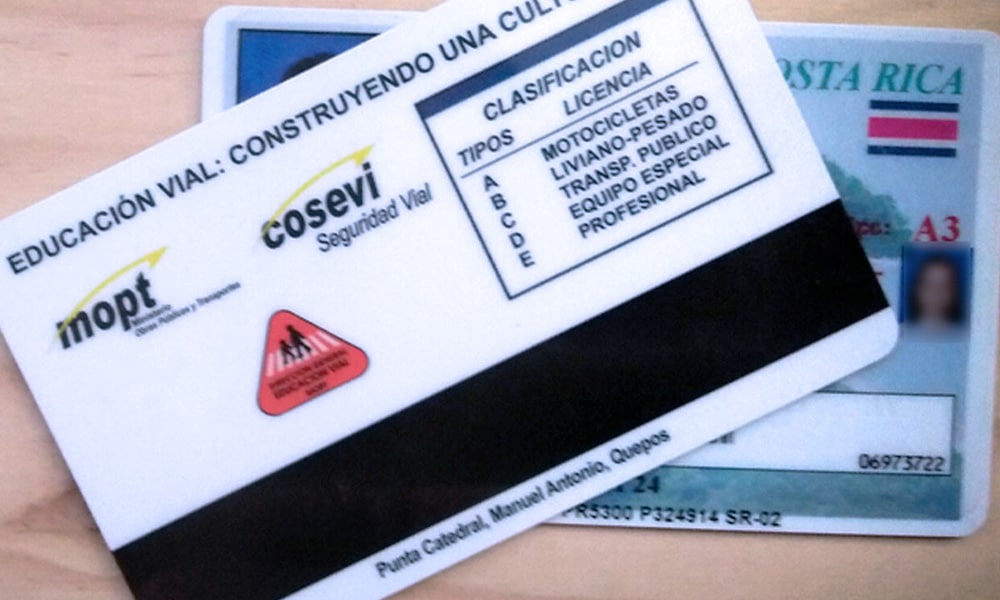Costa Rica’s government has introduced a major update to the driver’s licensing process, requiring specialized theoretical exams based on vehicle type starting next year. The Ministry of Public Works and Transport announced the shift this week, aiming to sharpen driver skills and cut down on road accidents.
From March 2, 2026, applicants for a Class A motorcycle license or a Class B automobile license will face separate theoretical tests. This replaces the single exam that covered both categories until now. Officials say the move accounts for the clear differences in handling a motorcycle versus a car, from basic mechanics to on-road risks.
Sindy Coto, director of the General Directorate of Road Education, explained the reasoning in a statement. She pointed out that motorcycles play a big role in our country’s traffic incidents, and tailored tests will help new drivers grasp those specifics. “We aim to evaluate skills and knowledge that differ between the two vehicle types,” Coto said. Her team worked with the Road Safety Council’s tech advisors to roll out the changes.
For those in the middle of the process, a transition period offers some flexibility. If you pass the current theoretical exam by February 27, 2026, you get until December 31, 2026, to complete the practical test for either license type without retaking the theory portion. Miss that deadline, and your approval defaults to Class B only, meaning you’d need a fresh test for motorcycles.
New study materials will hit the shelves soon. Separate manuals for cars and motorcycles go on sale by February 2, 2026, giving applicants time to prepare. The exam format stays familiar: 40 questions in 50 minutes, with a passing score of 70. Costs, enrollment requirements, and options like regular or sufficiency modes remain the same. Special accommodations for people with disabilities or the deaf community also continue unchanged.
The update comes as Costa Rica deals with persistent road safety challenges. Data from recent years shows thousands of collisions, many involving motorcycles on busy urban streets or rural highways. By splitting the tests, authorities hope to foster more alert and capable drivers who can avoid common pitfalls.
Applicants should plan ahead. If you’re eyeing a license soon, stick to the existing system before the cutoff. For later starts, pick your vehicle type at enrollment and study the matching manual. Road Education offices across the country, from San José to regional spots, will handle the switch.
This reform fits into broader efforts to modernize transport rules. It builds on past tweaks, like stricter medical checks and vehicle inspections, all geared toward safer roads. Drivers already licensed won’t see changes, but the focus on new entrants could ripple out to better habits overall.
In a country where public transit lags in some areas, personal vehicles remain key for daily life. Motorcycles, in particular, offer an affordable option amid rising fuel costs and traffic jams. Yet their vulnerability in crashes underscores the need for targeted training.
Coto wrapped up her announcement by stressing the goal: “This will lead to drivers who are more prepared to prevent accidents.” As the date approaches, expect more guidance from the ministry on how to navigate the new setup.






